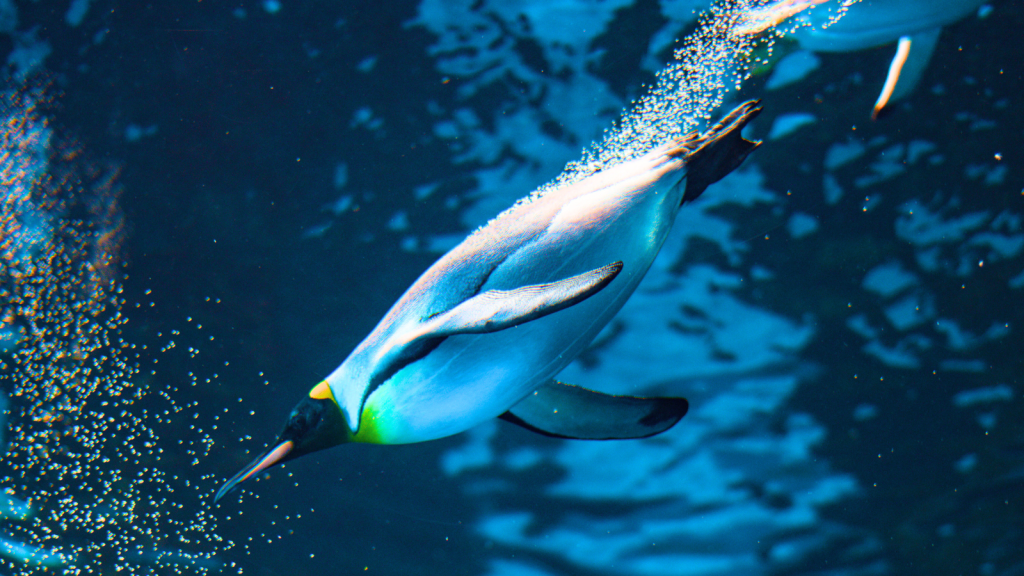Emperor penguins are some of the most fascinating creatures on Earth. These majestic birds brave the harshest conditions on our planet, surviving and thriving in the frozen landscapes of Antarctica. With their striking appearance and remarkable behaviours, emperor penguins have captured the hearts of nature lovers worldwide. From their incredible diving abilities to their touching parenting habits, these birds are full of surprises. Read on to discover some amazing facts about these extraordinary Antarctic residents that will leave you in awe of nature’s wonders.
Tallest of All Penguins
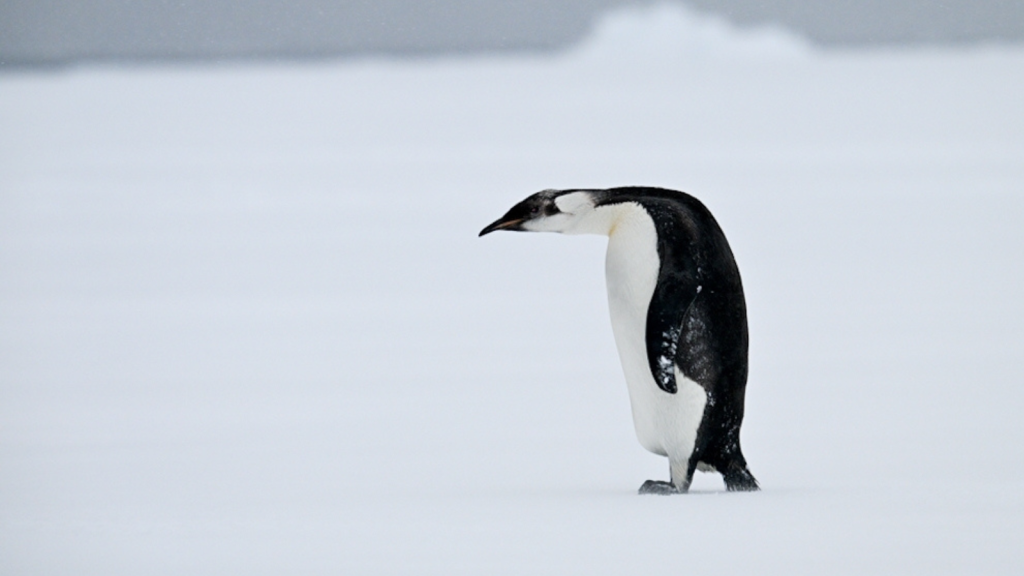
Emperor penguins stand head and shoulders above their penguin cousins. They can grow up to 1.2 metres tall, making them the largest of all living penguin species. That’s about the height of a seven-year-old child! Their impressive size helps them conserve heat in the frigid Antarctic environment, as larger bodies lose heat more slowly than smaller ones.
Masters of the Deep
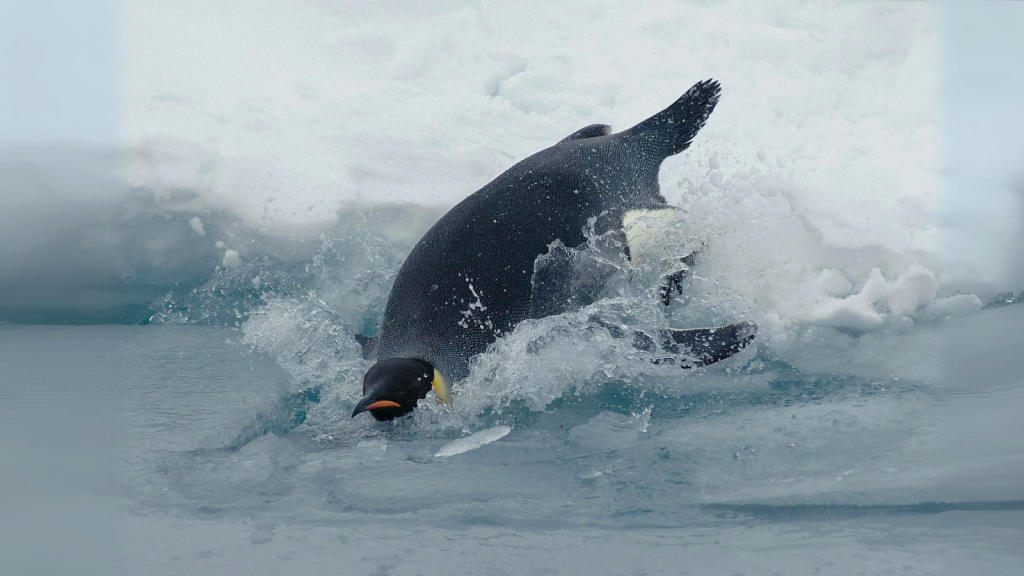
These birds are incredible divers. Emperor penguins can plunge to depths of over 500 metres and stay underwater for up to 20 minutes. Their specially adapted bodies allow them to withstand enormous pressure at these depths. They have solid bones, which helps them resist the crushing pressure of deep water, unlike other birds with hollow bones.
Built for the Cold
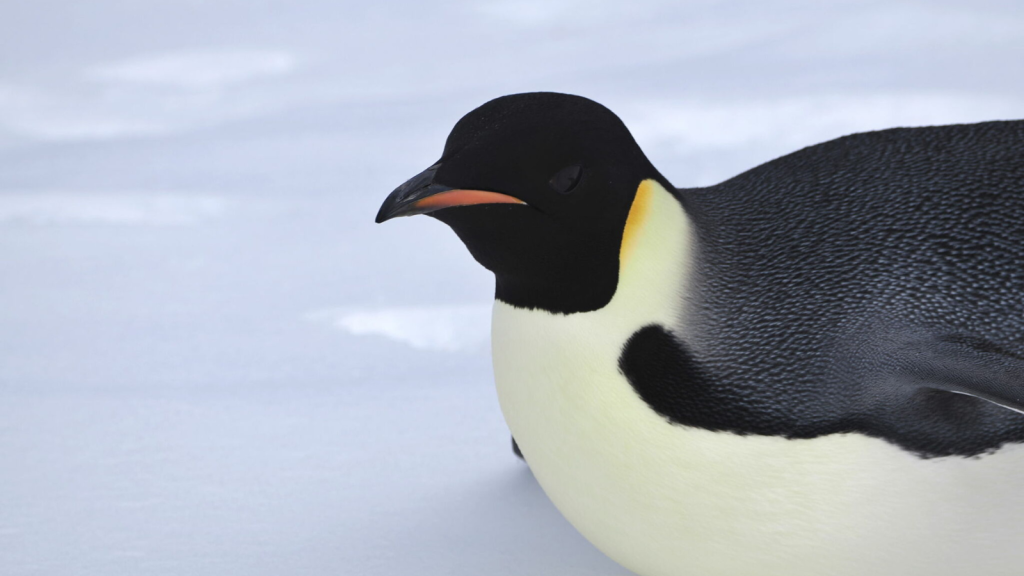
Emperor penguins have several layers of scale-like feathers that provide excellent insulation. These feathers are so effective that the penguins often overheat when they’re active, even in the freezing Antarctic temperatures. Their bodies are also covered in a thick layer of blubber, which acts as both insulation and an energy reserve during long fasting periods.
Huddle for Warmth

During the harsh Antarctic winter, male emperor penguins gather in large groups called huddles to stay warm. These huddles can contain thousands of birds, constantly shifting to ensure everyone gets a turn in the warm centre. The temperature at the centre of these huddles can reach up to 37°C, a stark contrast to the sub-zero temperatures outside.
Devoted Parents
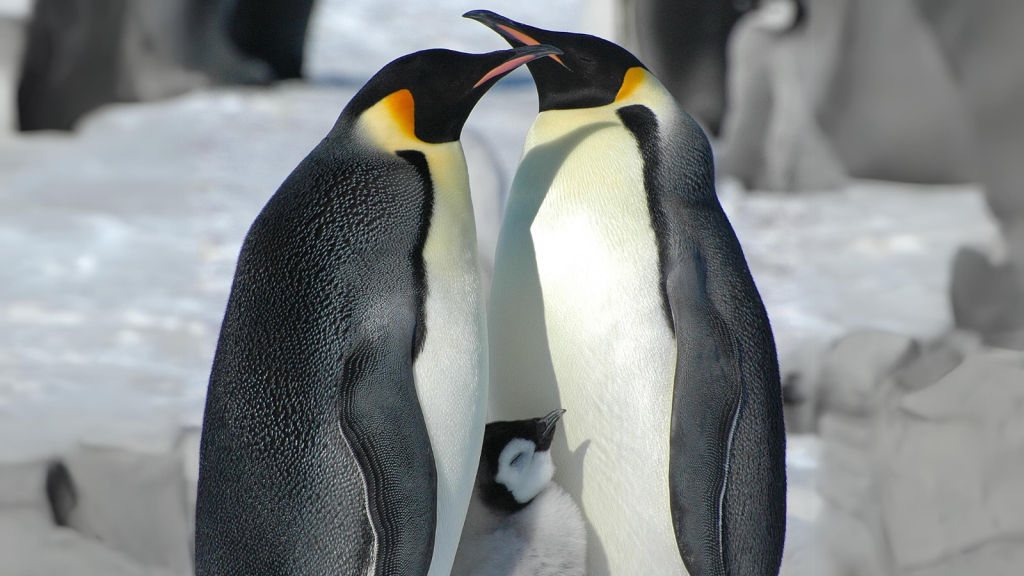
Male emperor penguins are uniquely dedicated fathers. They incubate their single egg on their feet for about two months during the Antarctic winter, going without food the entire time. During this period, they may lose up to 45% of their body weight, surviving on fat reserves built up before the breeding season.
Sliding for Speed
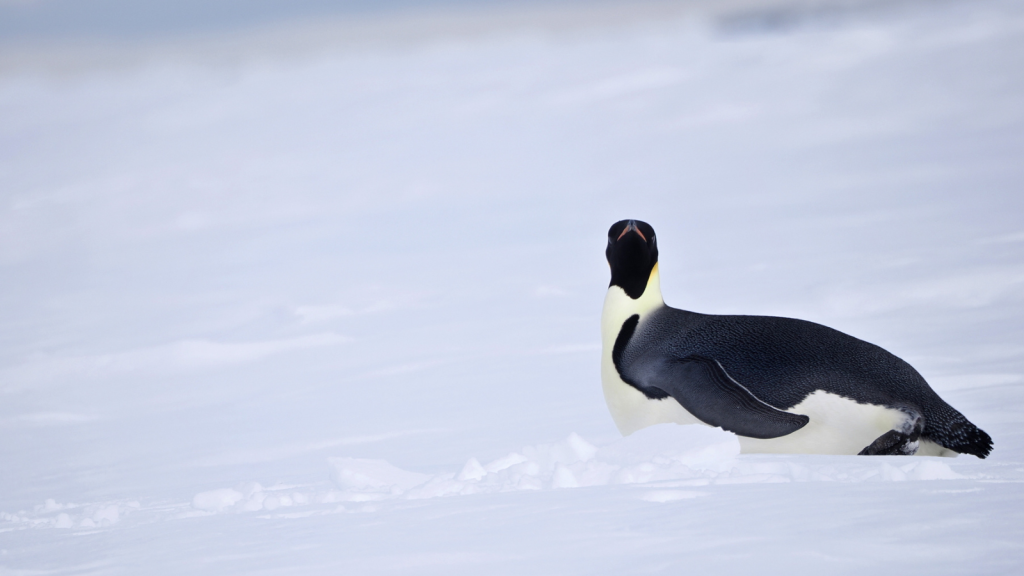
When in a hurry, emperor penguins often ‘toboggan’ across the ice on their bellies. This method of travel is much faster than waddling and helps them conserve energy. They use their flippers and feet to propel themselves, reaching speeds of up to 8 km/h on the ice.
Distinctive Call
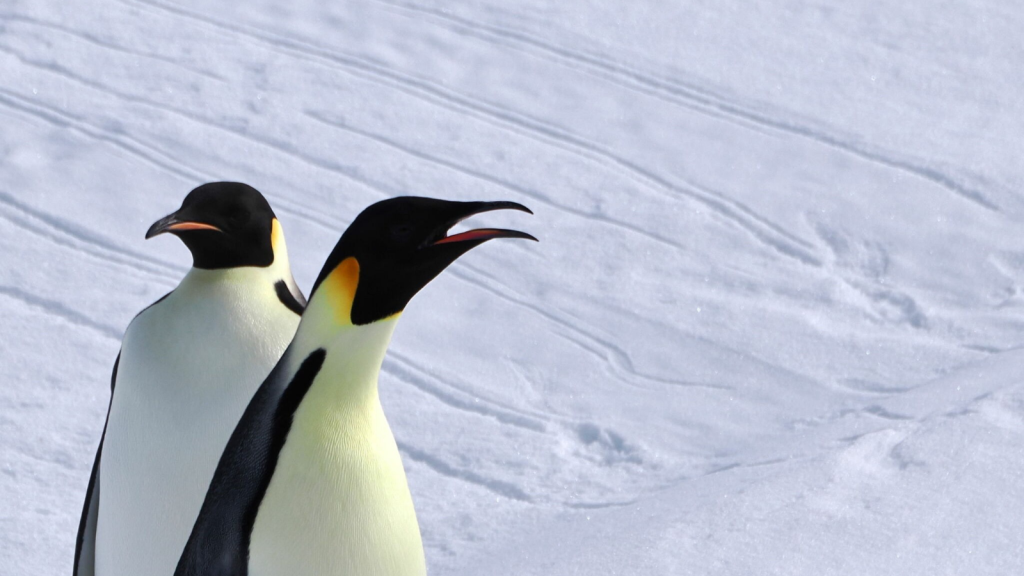
Each emperor penguin has a unique call, like a fingerprint. This allows parents to find their chicks in large colonies of thousands of nearly identical birds. The chicks can also recognise their parents’ calls, helping them reunite in the crowded colony after feeding trips.
Long-lived Birds
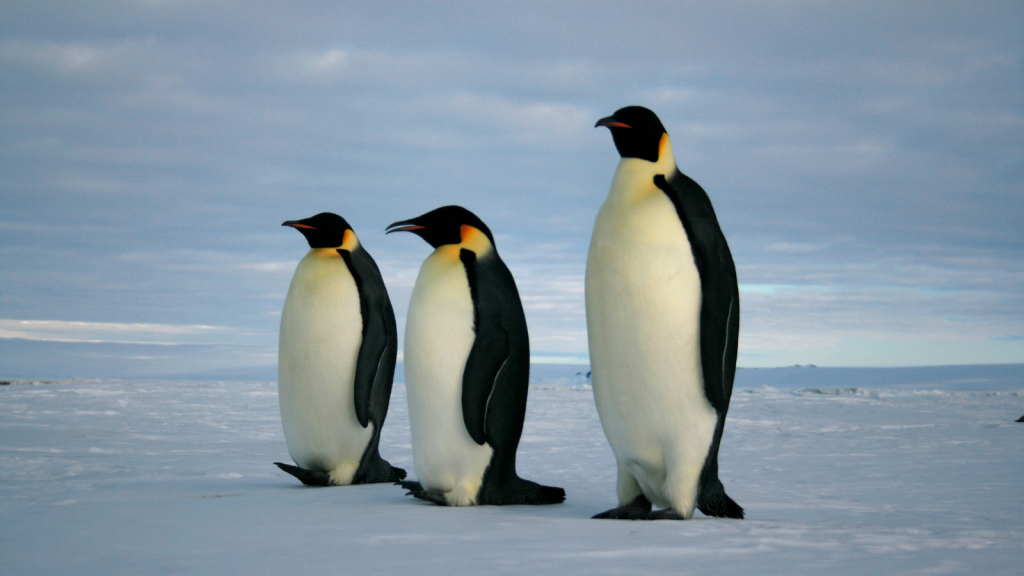
In the wild, emperor penguins can live for up to 20 years. However, some individuals in captivity have reached the ripe old age of 50! Their longevity is partly due to their lack of land predators in Antarctica and their well-adapted bodies that can withstand extreme conditions.
Excellent Swimmers

Despite their awkward appearance on land, emperor penguins are graceful swimmers. They can reach speeds of up to 9 kilometres per hour underwater, outswimming many fish. Their streamlined bodies and powerful flippers, which act like wings underwater, make them incredibly efficient swimmers.
Changing Diet
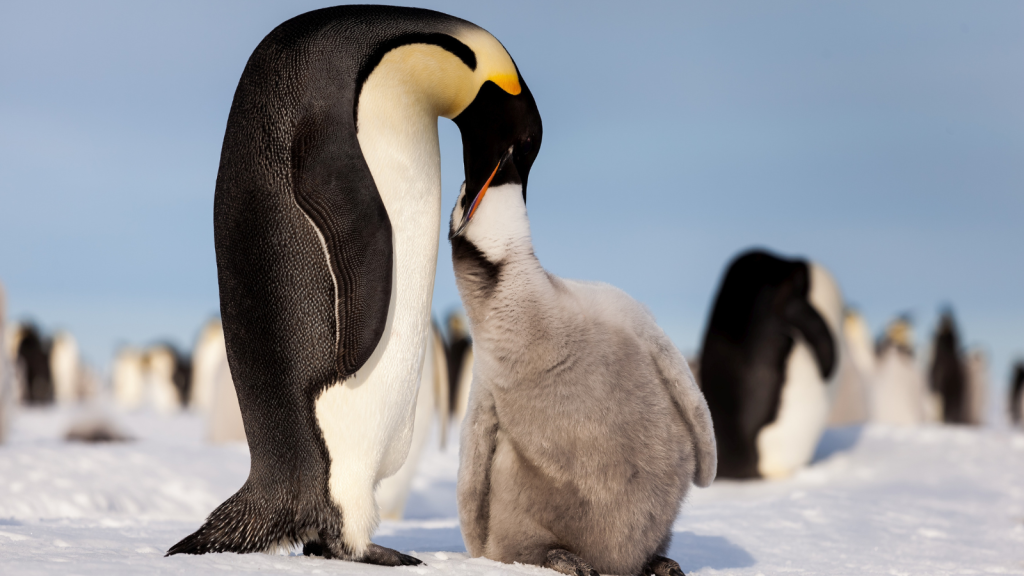
Emperor penguins mainly eat fish, squid, and krill. Interestingly, their diet changes with the seasons, adapting to what’s available in the cold Antarctic waters. They have special adaptations in their mouths, including spiny tongues and palates, which help them grip slippery prey underwater.
Monogamous for a Season
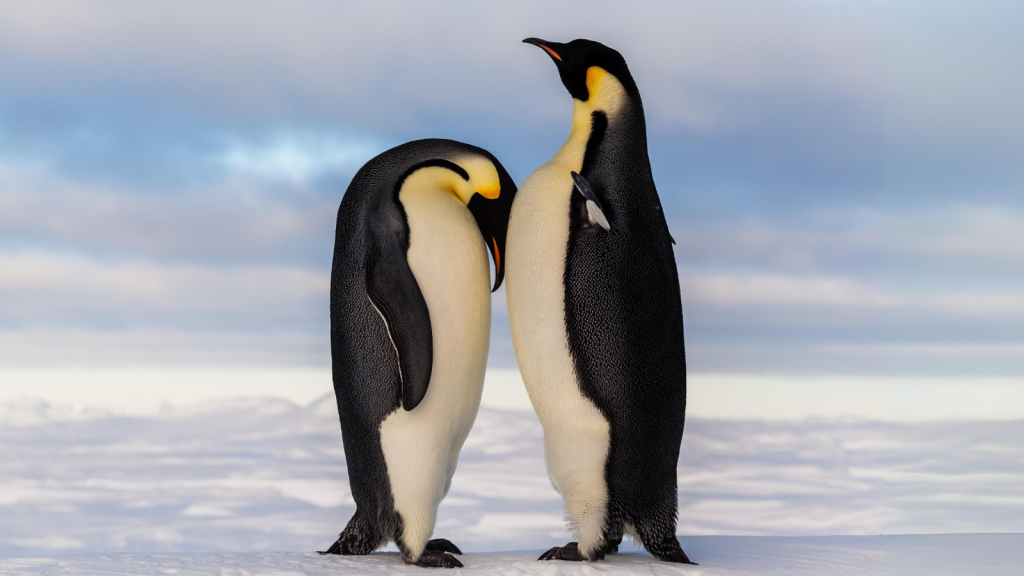
These penguins are generally monogamous, but only for one breeding season. Each year, they choose a new mate through an elaborate courtship ritual involving specific calls and displays. This annual mate selection ensures genetic diversity within the colony and allows for the best possible pairing based on current health and fitness.
Rapid Moulting
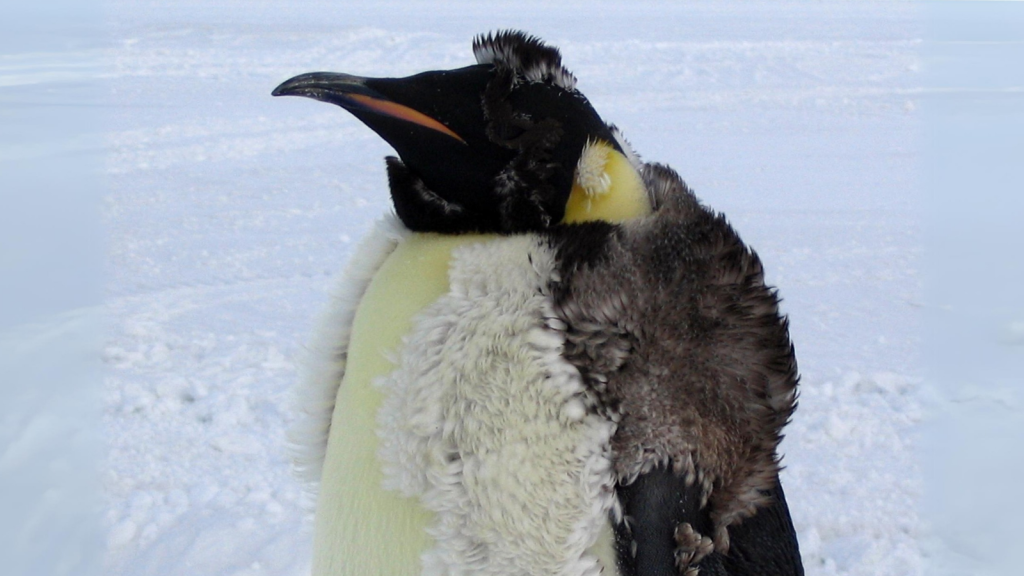
Once a year, emperor penguins undergo a process called catastrophic moult. They lose all their feathers and grow new ones in just a few weeks, during which time they can’t enter the water to feed. This process is crucial for maintaining the waterproof and insulating properties of their feathers, which are essential for survival in their harsh environment.
Impressive Colonies
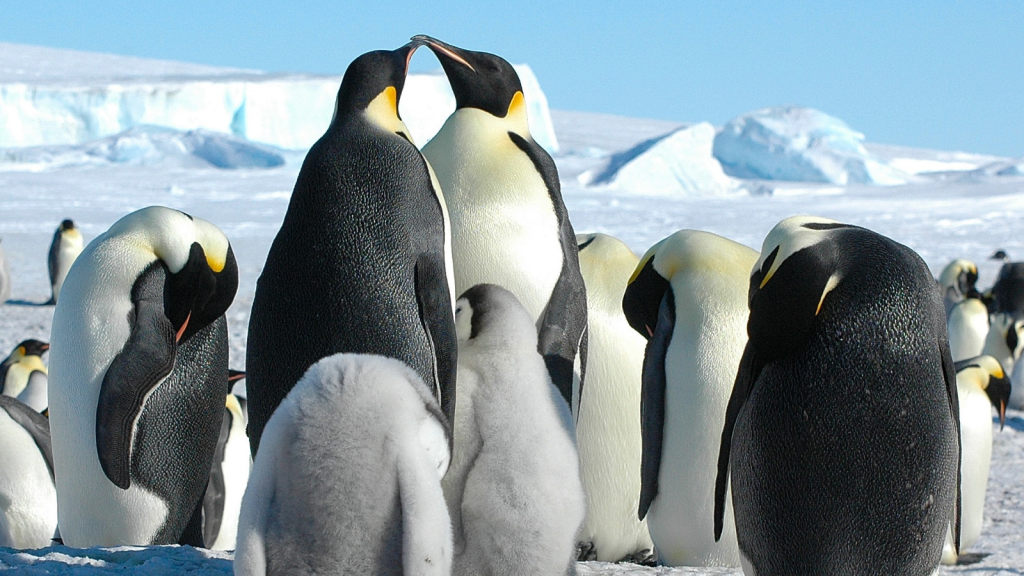
Emperor penguin colonies can be enormous. The largest known colony, located on the Mertz Glacier, has over 25,000 breeding pairs! These large colonies provide safety in numbers, helping to protect against predators and the harsh Antarctic elements.
Excellent Vision
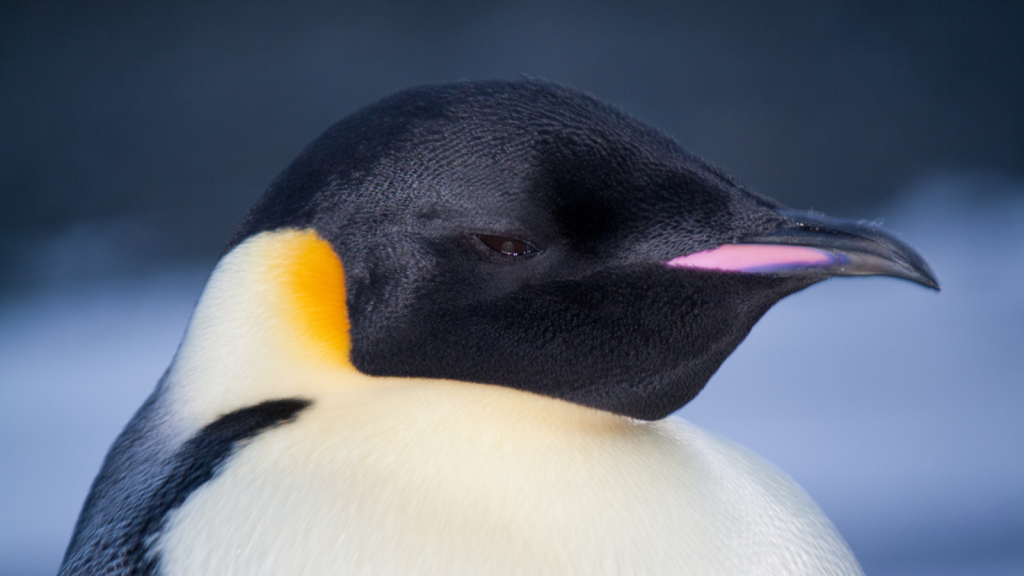
These birds have excellent eyesight, both in and out of water. This keen vision helps them spot predators and find food in the dark depths of the Southern Ocean. Their eyes are also adapted to see well in the low light conditions of their underwater hunting grounds.
Climate Change Threats
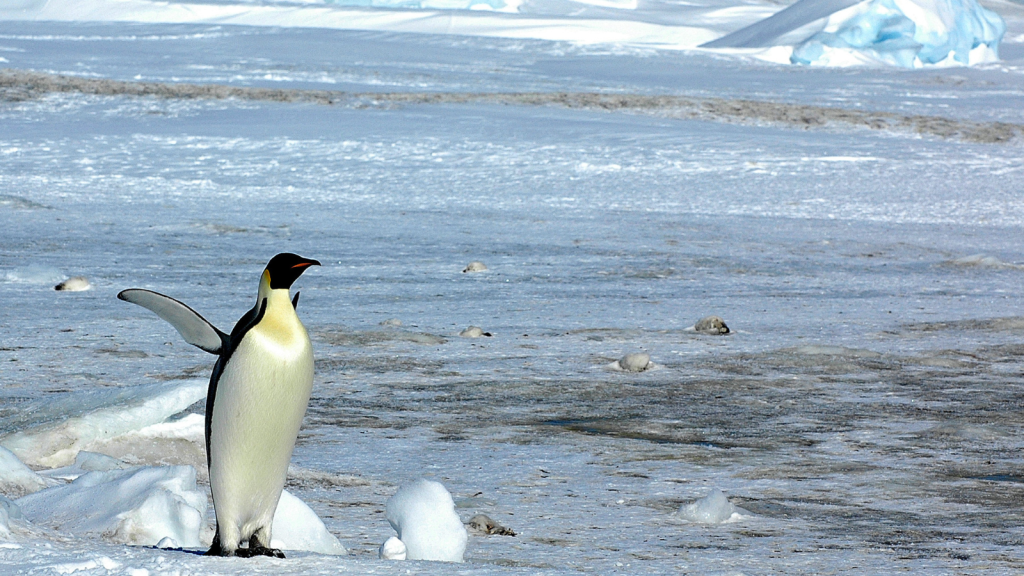
Sadly, emperor penguins are facing challenges due to climate change. Rising temperatures are affecting their sea ice habitat, which they need for breeding and raising their chicks. Scientists predict that if current warming trends continue, up to
Becky is a fervent wildlife enthusiast and pet care expert with a diploma in canine nutrition. Her love for animals stretches beyond the domestic, embracing the wild tapestry of global fauna. With over a decade of experience in animal welfare, Becky lends her expertise to OutlandishOwl through insightful articles, captivating wildlife information, and invaluable guidance on pet nutrition. Her work embodies a deep commitment to understanding the intricate lives of animals and a passion for educating others on sustaining natural habitats. Becky's hands-on conservation efforts and her knack for translating complex dietary science into practical pet feeding tips make her an indispensable voice for creatures great and small.

